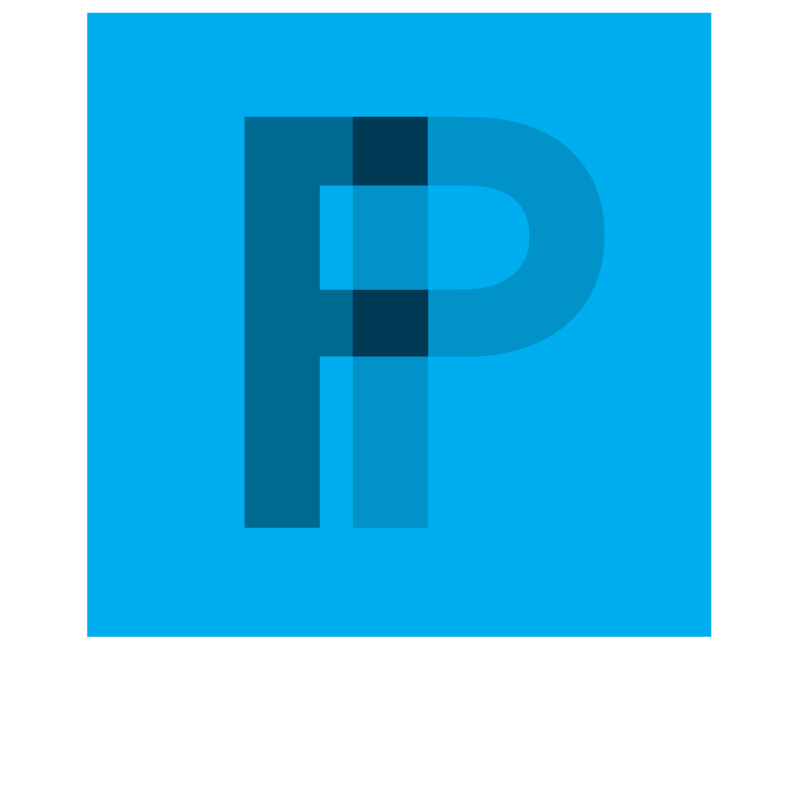My last 2 posts really got me thinking about the 2 different types of posts that should be a part of every content marketing plan. I often think businesses publish these 2 types of posts naturally, but don’t take the time to think about the strategy behind it and set realistic expectations. Let me explain how using these posts right way can be just the 1-2 content marketing punch you’re looking for…
The Easy to Follow Content Plan for New Bloggers post I published a couple of weeks ago, is one that will never “expire.” It’s what many marketers like to call “evergreen” content. While my post from last week about my 5 of My Favorite Super Bowl Ads is definitely a post with a shelf-life. Both types of posts are equally important to any effective content marketing plan and it’s important to understand that ahead of time. To explain, I will dive deeper into each type of content and offer up some tips for making it all come together.
What Is Evergreen Content?
Evergreen content has no expiration date. It’s always relevant no matter the day, month or year. For example, let’s say you are an auto mechanic. As part of your content marketing plan, you’ve decided to create a series of how-to videos. two of those videos happen to be: how to change a flat tire and how to jump start a car. This content is evergreen content. Fundamentally, these two things are never really going to change. Furthermore, a potential customer could need help changing a tire or jump starting a car on any given day of the year. The shelf-life of this helpful content is potentially forever.
What Is Shelf-Life Content?
Shelf-life content is seasonal/cyclical in nature and/or has an expiration date. For example, let’s say that same auto mechanic also included in the content marketing plan a video covering winter driving tips and other about ways to keep your car cooler in the summer. Both of these could be very useful posts, however, they both will also be very seasonal posts. When it’s summer, odds are that winter driving tips videos isn’t going to get very many views. But when winter rolls around, the summer video is going to be more popular.
Both Types of Content Are Equally Important
The question I get asked quite often when having this discussion is: which type of content should I invest my time and money in producing? My answer is always both. It doesn’t matter if we are talking about video content, email campaigns, or even infographics – in order to deliver the 1-2 content marketing knockout punch you need to have both.
Here’s why: content marketing is a marathon, not a sprint. But it sure does help if you’re able to sprint every other mile. Pretty crazy analogy, I know, but not taking into account the elite athletes who sprint the whole thing – could you imagine if the everyday runner was able to do that? Well that’s what having both types of content is like.
You see, for a business it makes sense to consistently publish helpful, evergreen content week after week. But where you might really see the big spikes in sales or traffic will be around the shelf-life content. Maybe it’s a Valentine’s Day campaign with a huge sale that really drives revenue in the month of February. Or maybe every year Christmas time is absolutely critical to the success of the business. All year long you’ve built the relationships, established trust and educated your potential customers. By the time these key dates on the calendar roll around, you’ve got a bigger email list, larger social media following the marathon becomes a sprint you can win by accelerating sales like never before.
Ready to Start Your Content Marketing Plan? Get in touch with me today!
3 Quick Content Creation Tips
So now that you know the importance of the 1-2 content marketing punch, here are 4 quick tips that are sure to help with creating both evergreen and shelf-life content.
1. Change Your Environment
Whether it’s writing a blog post, planning a video production or brainstorming a social media marketing campaign – we all get into a rut sometimes. I’ve found that more times than not, it’s just a matter of changing up your environment. Get out of the office, go to a coffee shop, try working in the morning or later at night. Whatever the normal routine is, breaking free from it is often just the change of pace you need.
2. Have Monthly or Quarterly Themes
This can greatly help to simplify things. By planning ahead about the type of content that will be created, it’s easy to determine which pieces should be evergreen and which should have a shelf-life.
3. Answer Questions
Open your email and look at the last 4-5 questions you answered from clients or prospects. Is it possible to turn those questions and answers into blog posts, videos, etc. Each one could probably be classified as evergreen or shelf-life content and can easily fit into your content marketing plan. Need more questions to answer, check out Quora, Reddit, Inbound.org, etc.
SEO TIP: over half of all search queries use 3 words or more. This means people are searching for answers to questions.
Need Help with Your Content Marketing Plan? Contact me to help develop a strategy that makes sense.
* Muhammad Ali photo from Huffington Post




